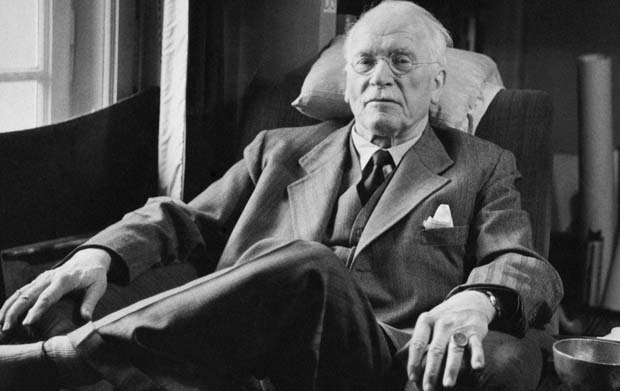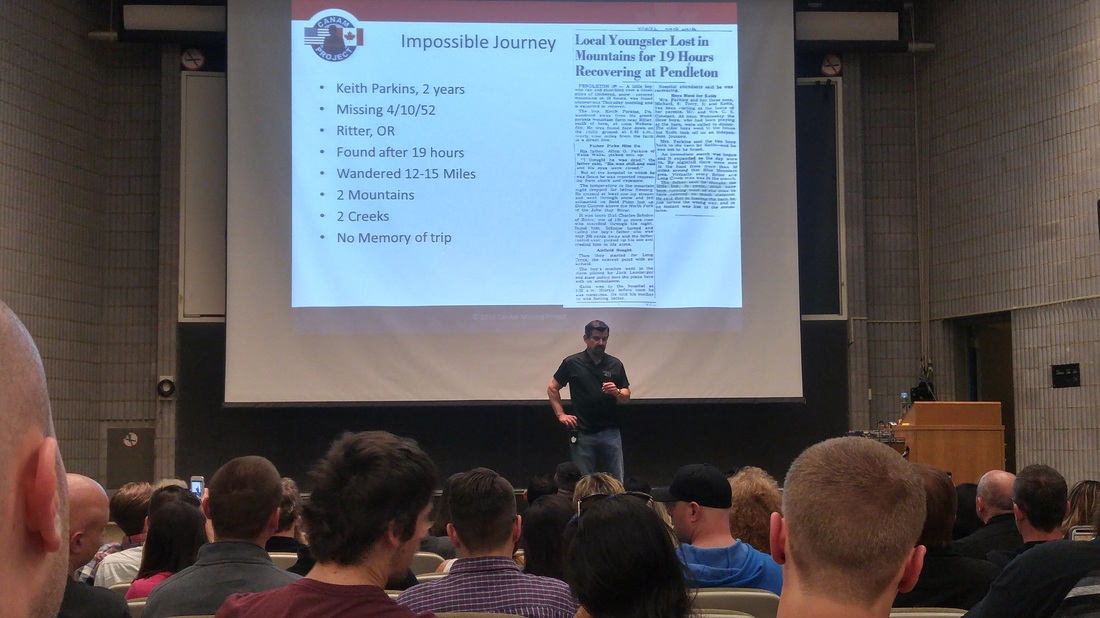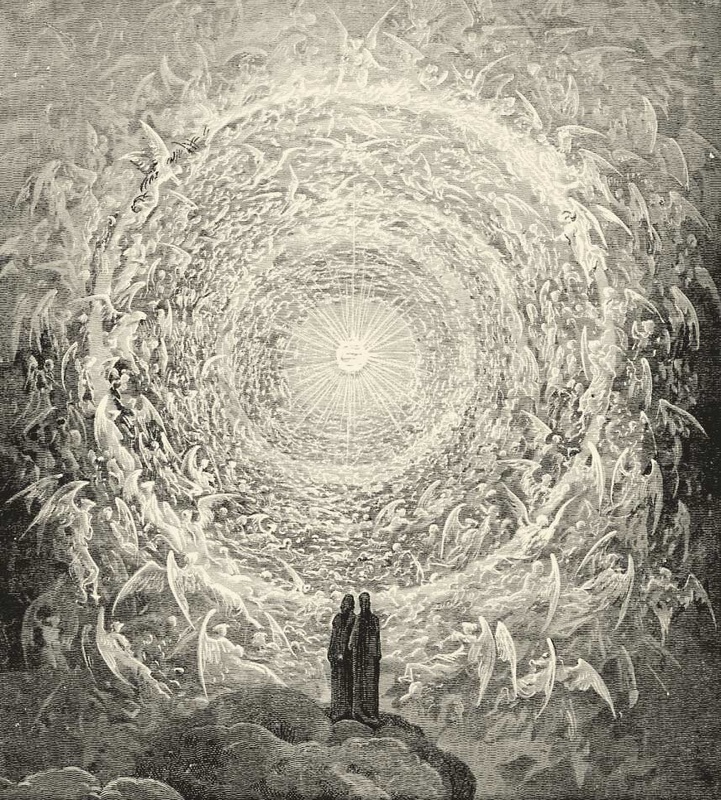When asked about UFOs during a live-audience Q&A session at St. Petersburg College in 2009, Neil Degrasse Tyson, the ever-popular science educator and astrophysicist, took the opportunity to lay out his standard of evidence for a scientific appraisal of UFOs. (1) His answer reveals a great deal about the the way that we approach the evidence for UFOs - and all anomalous phenomena - in public discourse.
After a pot-shot alien joke to establish his light-hearted tone, Tyson took a well-worn route amongst science educators and stressed the unreliability - even worthlessness - of eyewitness testimony, and insisted on physical evidence as a prerequisite for scientific study. With the crowd in stitches, he begged all future abductees to “snatch something off the shelf” at their next examination - an ashtray, to use his example - before scientists could take any interest in their stories.
After a pot-shot alien joke to establish his light-hearted tone, Tyson took a well-worn route amongst science educators and stressed the unreliability - even worthlessness - of eyewitness testimony, and insisted on physical evidence as a prerequisite for scientific study. With the crowd in stitches, he begged all future abductees to “snatch something off the shelf” at their next examination - an ashtray, to use his example - before scientists could take any interest in their stories.
Tyson’s opinion seems to be that the only true test for the reality of UFOs involves a physical specimen and a lab-based analysis. Bringing an alien ashtray to the lab, according to Tyson, could not fail to reveal a wealth of information about UFO abductions that the abductees themselves could not. The scientific value of such a specimen is accepted as a given: “it’s not about eyewitness testimony at that point, because you have something of alien manufacture, and anything you pull off a flying saucer that crossed the galaxy is going to be interesting.”
Tyson’s line of reasoning makes the epistemological assumption that physical evidence is inherently more valuable than eyewitness testimony, in any abundance. It is an assumption seemingly taken for granted by all science educators and many university scientists. (2)
But this assumption cannot be justified epistemologically. Insisting on physical specimens as a prerequisite for scientific inquiry is a wholly arbitrary way of establishing a standard of evidence, and it precludes scientists from ever establishing the truth status of many anomalous and perfectly mundane experiences. More importantly, it distracts us from seriously engaging with scientific and epistemological questions like, “what’s the claim we’re trying to prove?” and, “what counts as evidence in its favour?” or, “what counts as evidence of its falsification?” These important questions are left unanswered when we insist on the old “show me the evidence” routine, and they will never be addressed until we give it up.
Physical Evidence for UFOs?
Perhaps the most obvious rebuttal to Tyson’s statement is to point out that we have lots of physical evidence for UFOs, and that none of that evidence seems to matter. The late Dr. Roger Leir has removed 16 different “alien implants” from the bodies of alleged abductees, and had them tested at some of the world’s most prestigious labs, including Los Alamos National laboratory, and the Material Sciences lab at the University of Toronto. Many of these tests returned some very puzzling results that have yet to be explained. (3)
Ted Philips, a citizen scientist with the Centre for UFO Studies (CUFOS), spent years collecting physical traces from alleged UFO landing sites, and published his findings in a public CUFOS report in 1975.(4) Philips documented 561 cases involving dehydrated soil, irradiated ground, scorched vegetation, and many more puzzling effects. A study directed by Physicist Peter Sturrock of Stanford University, published in book form in 1999, brought a wealth of new physical trace cases to the attention of the scientific community. (5)
To my knowledge, none of these cases have received more than cursory comment from debunkers, and certainly not from Dr. Tyson.
Why? Because physical evidence is not the silver bullet that science educators make it out to be, and insisting on it is merely another strategy for avoiding engaging with the evidence that we do have. Tyson’s arbitrary standard of evidence is a knee-jerk answer to the question never asked: what kind of evidence would prove the existence of something we can’t explain? This question requires a great deal more thought than most skeptics give it in their insistence on something - anything - physical.
The Limitations of Physical Evidence
Physical evidence can’t always tell us as much as we often assume, and it’s not the ideal form of proof for many types of claims. Rather than being the golden standard of scientific inquiry, it’s more fitting to think of physical evidence as one of many possible proofs available to the inquiring mind, and of laboratory analysis as one of many tools in the scientist’s arsenal. There are of course many forms of evidence - observational, experimental, and anecdotal, to name a few - and their importance in any given case will vary with the nature of the claim.
The value of physical materials as a basis for new claims about the universe is highly dependent on the nature of the claim itself, and for many types of claims, the value is actually quite low.
Take the claim that there is life on Mars, for example. In this case, we could reasonably expect a simple and unambiguous proof in a physical specimen. Life, at least as we understand it, bears certain unmistakable signs in its physical makeup, and even the smallest sample would suffice to find them: a tuft of hair, or a piece of bone. There are other claims, however, for which physical evidence would not allow such unambiguous conclusions.
Let’s satisfy Tyson’s standards and say that someone did snatch an alien ashtray in the midst of an abduction experience, and carried it back for laboratory analysis. If the claim was that a race of extraterrestrials had taken the witness aboard a spaceship, then an ashtray would be of little value in establishing the truth of it. The most that any lab study could possibly conclude is that it was in fact manufactured (i.e., that something had created the ashtray), and further, that the ashtray does not match the composition or design of any known manufacturers.
This conclusion would not, however, be proof of alien visitation, let alone abduction. There is no test that could positively identify a new civilization on the basis of an ashtray, or any isolated specimen, alone. One could always argue that the ashtray was a deliberate hoax, or some lost artifact from a long-defunct (human) manufacturer.
Furthermore, no sample can be identified without something to identify it with. We’ve yet to find or study any extraterrestrial beings, and therefore have no information on which to base our criteria for something being definitely alien in origin. With nothing to match the sample to, we couldn’t possibly identify a specimen as anything at all.
Besides, what elements could an ashtray possibly contain to match it back to an undiscovered civilization? As far as we know, all matter on other planets is composed of some combination of the same elements we’ve identified here on earth, and we have no reason to think another species would manufacture objects of radically different composition. Even if we did retrieve an alien artifact, it probably wouldn’t contain anything to rule out the possibility that it was made here on Earth.
Demanding physical evidence, in this case, would have the effect of privileging “mundane” explanations: if the specimen was, in fact, constituent of something known and ordinary, the analysis would probably provide definitive proof. But if the specimen was, in fact, something extraordinary, the most any analysis could possibly do would be to reach no conclusion at all. The specimen would remain forever unidentified, much like Dr. Leir’s alien implants, and debunkers would go on insisting that it’s probably just something man-made.
Sampling the Intangible
The problem with physical evidence is not just that it can be ambiguous when obtained. In other instances - as in the study of energy fields, behaviours, and most psychological phenomena - direct, physical evidence is often impossible to obtain at all. Imagine asking Jane Goodall to provide physical evidence that chimpanzees exhibit social bonding. Would we be forced to conclude that chimpanzees are mindless beasts when she inevitably failed to place something in a petri dish? Of course not. It would be wrong in this case to conceive of the subject in a strictly material framework, and it would be fruitless to seek out physical proof.
Many anomalous experiences are similarly difficult to place within a material framework. Many are thought to occur solely in the minds of the witnesses, involving no external stimuli whatsoever. Others are thought to be composed of something other than matter. Ghosts, for example, are typically thought to be immaterial, or ethereal beings: perhaps something from another dimension. But whether they’re holograms, illusions, or disembodied souls, one would not be justified in expecting them to leave tangible proof of their passing through.
But is it not fitting to think of UFOs as a primarily physical phenomenon? Not really. UFOs are often seen as structured objects, and they occasionally appear on radar, and leave physical traces in the environment. However, some UFOs don’t show up on radar, even when their presence is confirmed by other physical means. Other UFOs don’t even take a consistent form, but appear instead as amorphous blobs of light. Many UFOs are reported to blink in and out of existence, rather than propel themselves away, and others are visible only to certain witnesses, and unnoticed by other would-be observers.
These features have led thinkers like Carl Jung, Jacques Vallée, and John Mack to remark that UFOs are strangely both physically “real” and subjectively constructed in the minds of observers. (6) In other words, they may be caused by some objective, real-world stimuli, but they don’t come to us from elsewhere, as other stable, physical objects. Rather, they manifest themselves according to the subjective thoughts and experiences of their witnesses, in the place, time, and form that is appropriate for the immediate sighting.
Avoiding Materialist Assumptions
If this dual conception of the UFO phenomenon is accurate, then we can hardly justify demanding physical evidence as proof of its existence. What if the activity we see is only an illusion, and its objective, physical appearance is completely different? What if there is no physical component to the sighting at all? What if, as many debunkers maintain, most anomalous sightings are purely hallucinatory in nature, and have no physical stimulus outside the brain? To prove any of these things, we would need to be open to subjective, psychological evidence, as well as the kinds of observations that come through in eyewitness reports. Building a research program on the basis of physical evidence alone would be failure by design.
Besides, without a good theory on what’s causing the reported experiences, we have no idea what we should be looking for. Expecting to find an extraterrestrial muffler, or an ashtray, as Tyson does, is only a reasonable standard if UFOs are in fact of E.T. origin, and operate in the purely material capacity that we assume them to. If they turn out to be anything else, the standard would be impossible to meet - much as it is now - and scientists would be wrongly convinced that they were justified in dismissing the phenomenon.
The same physical standard of proof cannot be applied equally to all disciplines, and it must be dejected from its privileged position as the golden standard in anomalistic research. We can’t justify waiting around for that alien ashtray. If we’re going to take a scientific approach to the UFO question, we’ll need to reconsider what it is we’re looking for, and question whether physicality is an appropriate measure.
- Jason Charbonneau
(1) Neil Degrasse Tyson, “Dr. Neil Degrasse Tyson on UFOs,” YouTube video, 11:35, posted by “Camelot Radio,” July 7, 2011, accessed May 8, 2016: https://www.youtube.com/watch?v=NSJElZwEI8o. And for the full video: Neil Degrasse Tyson, “Cosmic Quandaries with Dr. Neil Degrasse Tyson,” YouTube video, 1:28:00, posted by “St. Petersburg College,” May 7, 2009, accessed May 24, 2016: https://www.youtube.com/watch?v=CAD25s53wmE. Tyson’s answer to the question on UFOs begins around 55m.
(2) For a few examples, see Michael Shermer, Why People Believe Weird Things: Pseudoscience, Superstition, and other Confusions of our Time, (New York: St. Martin’s Griffin, 2002), 48; Carl Sagan Demon-Haunted World: Science as a Candle in the Dark (New York: Ballantine Books, 1996), 69; Terence Hines, Pseudoscience and the Paranormal (Amherst, NY: Prometheus Books, 2003), 257. From Shermer: “without corroborative evidence from other sources, or physical proof of some sort, ten anecdotes are no better than one, and a hundred anecdotes are no better than ten. Anecdotes are told by fallible human storytellers”; and from Hines: “if eyewitness reports are unconvincing evidence for the reality of UFOs as extraterrestrial visitors, some sort of physical evidence could certainly settle the case.”
(3) Steve Colbern, “Analysis of Object Taken from Patient John Smith,” January 25, 2009, accessed May 16: http://www.openminds.tv/wp-content/uploads/John-Smith-Implant-Analysis.pdf. The object in this report was shown to possess trace elements of iridium (something typically only found in meteorites), and to emit a range of radio waves while still inside the body.
(4) For selections from the original catalogue, see Paul Fuller, “Ted Phillip’s Physical Trace Catalogue,” project1947.com, accessed May 25, 2016: http://www.project1947.com/47cats/phillips.htm
(5) Peter Sturrock, The UFO Enigma: a New Review of the Physical Evidence (New York: Warner Books, 1999).
(6) See for example; Carl Jung, Flying Saucers: a Modern Myth of Things Seen in the Sky (New York: MJF Books, 1978); John Mack, Passport to the Cosmos (White Crow Books, 2011), and; Jacques Vallée, “Jacques Vallee - Thinking Allowed - Implications of UFO Phenomena,” YouTube video, 28:06, posted by “JoseEarly,” November 16, 2012, accessed May 4, 2016: https: https://www.youtube.com/watch?v=7ETMzkhBQ6w




 RSS Feed
RSS Feed

